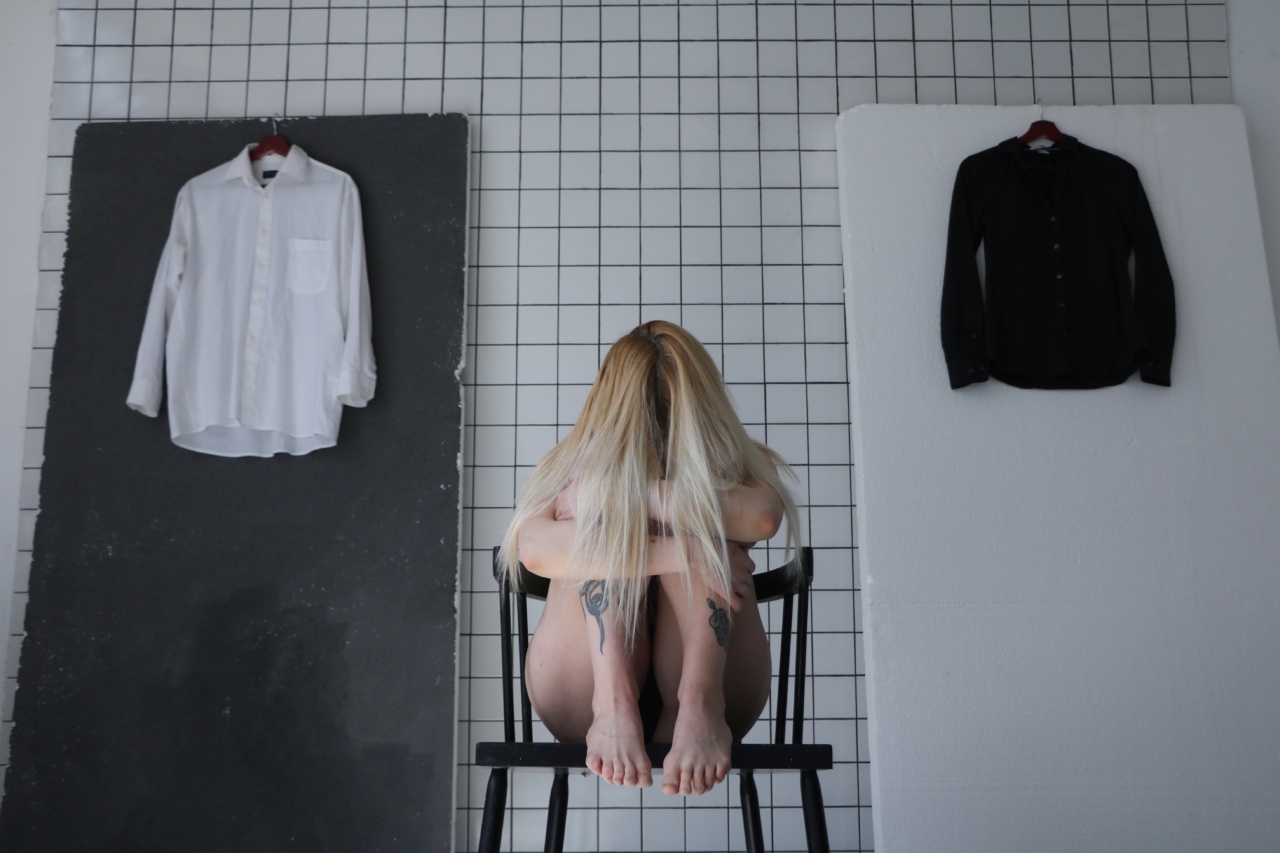Bipolar disorder and borderline personality disorder are mental health conditions that can often be confused due to overlapping symptoms. However, they are distinct disorders with different diagnostic criteria and treatment approaches.
Understanding the differences between these two conditions is crucial for accurate diagnosis and tailored treatment plans. In this article, we will explore the key features of bipolar disorder and borderline personality disorder and highlight the points of differentiation.
1. Definition and Diagnostic Criteria
Bipolar disorder: Bipolar disorder, also known as manic-depressive illness, is a mood disorder characterized by extreme shifts in mood, energy, and activity levels.
It is diagnosed based on the presence of manic and depressive episodes that last for specific durations.
Borderline personality disorder: Borderline personality disorder (BPD) is a personality disorder characterized by pervasive instability in mood, self-image, interpersonal relationships, and impulse control.
It is diagnosed based on specific criteria outlined in the Diagnostic and Statistical Manual of Mental Disorders (DSM-5).
2. Mood Episodes
Bipolar disorder: Bipolar disorder consists of distinct mood episodes, including manic episodes and depressive episodes.
Manic episodes involve periods of heightened energy, euphoria, impulsivity, and grandiosity, while depressive episodes involve feelings of sadness, hopelessness, fatigue, and loss of interest.
Borderline personality disorder: Individuals with BPD may experience frequent and rapid mood swings that can resemble the mood episodes seen in bipolar disorder.
However, these mood swings in BPD are typically more reactive and influenced by interpersonal conflicts or perceived abandonment, whereas bipolar mood episodes occur independently of external triggers.
3. Duration of Episodes
Bipolar disorder: Manic episodes in bipolar disorder typically last for at least one week, and depressive episodes usually persist for two weeks or more. The individual experiences a return to baseline functioning between episodes.
Borderline personality disorder: In BPD, mood swings and emotional instability are often brief and can last for a few hours to a few days.
There is a lack of sustained periods of stability, with ongoing emotional dysregulation being a prominent characteristic.
4. Nature of Mood Changes
Bipolar disorder: In bipolar disorder, the mood changes tend to be more extreme and may include a state of mania or hypomania.
Manic episodes are marked by elevated mood, increased energy, excessive talkativeness, racing thoughts, and risky behaviors. Depressive episodes involve symptoms such as sadness, low energy, feelings of guilt or worthlessness, and thoughts of death or suicide.
Borderline personality disorder: The mood changes in BPD are often reactive and closely tied to interpersonal stressors or perceived abandonment.
Intense fear of abandonment is a key feature of BPD and can lead to frantic efforts to avoid real or imagined abandonment. Emotional dysregulation and a fragile sense of self are prominent in BPD.
5. Relationship to Sleep Patterns
Bipolar disorder: Sleep patterns are significantly affected in bipolar disorder. During manic episodes, individuals may experience a decreased need for sleep and report feeling rested despite sleeping less.
In depressive episodes, there is often increased fatigue and excessive daytime sleepiness.
Borderline personality disorder: Sleep disturbances can occur in BPD, but they are typically due to emotional dysregulation and interpersonal stress rather than inherent changes in sleep needs.
6. Impulsivity and Self-Destructive Behaviors
Bipolar disorder: While individuals with bipolar disorder may engage in risky behaviors during manic episodes, these behaviors are typically associated with the heightened mood and lack of impulse control characteristic of mania.
Outside of mood episodes, impulsivity is not a defining feature of bipolar disorder.
Borderline personality disorder: Impulsivity is a core feature of BPD and may manifest as self-destructive behaviors, such as self-harm, substance abuse, binge eating, or reckless driving.
These impulsive acts are often driven by a desire to alleviate emotional distress or avoid abandonment.
7. Interpersonal Relationships
Bipolar disorder: While bipolar disorder can impact interpersonal relationships, the challenges primarily arise during mood episodes.
Manic episodes may lead to increased irritability or strained relationships due to impulsive or grandiose behaviors. During depressive episodes, individuals may withdraw from social interactions due to low mood and lack of energy.
Borderline personality disorder: Interpersonal relationships are more consistently affected in BPD due to unstable self-image, intense fear of abandonment, and rapidly shifting emotions.
Individuals with BPD may experience difficulties with maintaining stable relationships and have a pattern of idealizing and devaluing others.
8. Sense of Self
Bipolar disorder: Individuals with bipolar disorder maintain a relatively stable sense of self and identity outside of mood episodes. The shift in mood does not generally involve a change in self-perception or self-identity.
Borderline personality disorder: BPD is characterized by an unstable and fluctuating sense of self, including a tendency to adopt different identities or rapidly change core beliefs and goals.
Shifts in self-perception are common and may be associated with changes in mood or interpersonal dynamics.
9. Response to Treatment
Bipolar disorder: Bipolar disorder often requires a combination of medication and psychotherapy for effective management. Mood stabilizers and/or antipsychotic medications are commonly prescribed to regulate mood swings.
Psychotherapy, such as cognitive-behavioral therapy (CBT), can help individuals cope with the impact of the illness on their lives.
Borderline personality disorder: Treatment for BPD typically involves long-term psychotherapy, such as dialectical behavior therapy (DBT) or psychodynamic therapy.
Medication may be used to address specific symptoms, such as depression or anxiety, but there is no specific medication approved for BPD itself.
10. Co-Occurring Disorders
Bipolar disorder: Individuals with bipolar disorder are at increased risk of developing additional mental health conditions, such as anxiety disorders, substance use disorders, and attention-deficit/hyperactivity disorder (ADHD).
Borderline personality disorder: BPD commonly co-occurs with other mental health conditions, including depression, anxiety disorders, substance use disorders, and eating disorders.






























